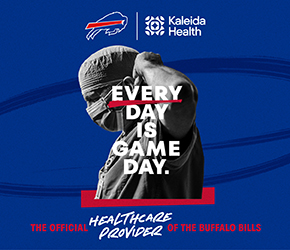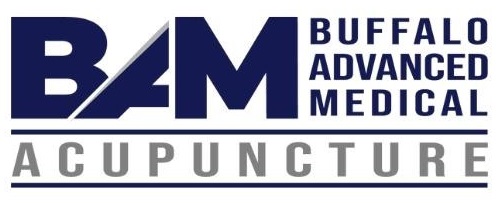Jacobs Institute Hosts SLICE Event in Buffalo

The Jacobs Institute (JI), a nonprofit medical device innovation center, co-hosted the 10th annual virtual Stroke Live Course (SLICE) event on November 8th and 9th in Buffalo, NY with Master & Fellow, a French medical education and innovation company that created SLICE.
This is the first time SLICE has been held in the United States. Moderated by Vincent Costalat, M.D., Ph.D., the co-founder of Master & Fellow, and Adnan Siddiqui, M.D., Ph.D., and CEO and chief medical officer (CMO) of the JI, 15 KOL physicians from around the world provided a virtual audience of thousands in over 154 countries with practical information and insights on treating acute ischemic stroke, free of charge.
SLICE is a free televised and on-demand course that aims to reach healthcare professionals all over the world. Its main objective is to promote multidisciplinary innovation through the sharing of practical experience and knowledge. This year’s course, co-hosted by the JI in partnership with Master & Fellow and WNED PBS TV studios, featured physician discussions of techniques and best practices, debates, industry deep-dive sessions, recorded case reviews, and live simulated cases at the Jacobs Institute using its 3D printed anatomical models in a simulated catheterization lab.
A workshop for neuroendovascular fellows was held in parallel with the SLICE event, during which the fellows participated in didactic lectures and hands-on simulation using the Mentice endovascular simulator and JI’s 3D printed vascular models with the physician KOLs who were in Buffalo for SLICE.
Stroke is a leading cause of death and disability worldwide. Globally, 1 in 4 people over the age of 25 will have a stroke in their lifetime. Ischemic strokes, where a clot prevents the brain from receiving oxygenated blood, account for close to 65% of strokes worldwide, with the other 35% being hemorrhagic strokes. Until 2015, the only treatment for acute ischemic stroke was a clot-busting drug called tPA that had to be administered within a three-hour window from stroke system onset. However, tPA does not work well for clots in the large vessels of the brain, which account for 15 to 30% of ischemic strokes, and until 2015, those patients were essentially left with no treatment.
This changed in 2015, when multiple international clinical trials showed that endovascular mechanical thrombectomy devices that were delivered through a catheter in a patient’s arteries were safe and effective in removing clots and that many patients make remarkable recoveries. Because of these findings, an urgent need for training in endovascular treatment techniques has emerged worldwide. It is with this observation in mind that the Stroke Live Course (SLICE) was born.
In addition to SLICE’s mission of educating healthcare professionals worldwide, its location in Buffalo this year brought significant economic impact to the region with 45 international physicians, industry professionals and the SLICE production team staying at local hotels and eating in local restaurants. Moreover, an international audience of thousands was exposed to the unique ecosystem of advanced patient care and medical innovation that exists in WNY.











